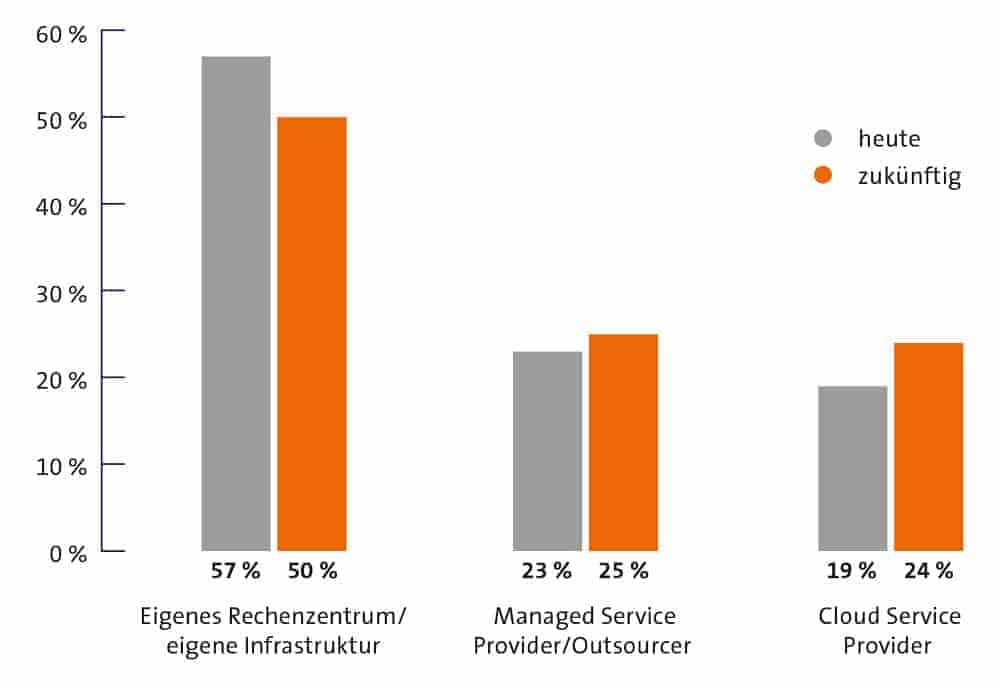Digital Infrastructure Innovation 2020


In times when digital business models are becoming strategically important, data is becoming the new leading and future currency. This applies not only to companies with digital DNA, such as Google, Facebook and the like, whose business model has always been based on the rapid availability of huge amounts of data.
"Medium-sized companies, corporations and public sector organizations are also facing completely new challenges with regard to their IT infrastructure in the course of the digital transformation"
says Carlo Velten, CEO of analyst Crisp Research.
The demands in terms of performance, scalability and storage capacity of storage systems will also change significantly. A study conducted by Crisp Research this year therefore examined the impact of the increasing flood of data resulting from digital business models on the storage concepts of German companies.
The study examined which design criteria CIOs apply to their future IT and storage infrastructure, how budgets will shift in the future and which technological innovations decision-makers will rely on in the coming years.
Among other things, the study discusses the storage and data strategies of leading companies and international corporations, presents opportunities to reduce overhead costs, identifies further challenges in the wake of even stronger data growth and examines new approaches to business continuity and disaster recovery - one of the top priorities of users according to the findings of the survey.
The right storage strategy and architecture is the foundation of any successful digitalization strategy in light of the increasing volume of data and diverse requirements.
Flash storage, hyper-converged infrastructures, hybrid storage and the new NVMe are essential building blocks for a flexible, efficient and scalable storage architecture, data sovereignty and data security:
"In the age of data-based business models and digital ecosystems, more and more data is leaving the safe haven of your own company network"
says Carlo Velten from Crisp Research.

Storage and data managers must work together to ensure data sovereignty, even in complex network topologies and hybrid storage architectures.
The Crisp study makes it clear that data protection and security must have top priority in the planning and design of new storage systems - the new mantra "security by design" will also apply here in future.
According to the study, almost two thirds of companies are in the middle of the transformation process. As many as one in five are currently in a growth and scaling phase of their digital business models.
However, 40 percent still see a considerable need to catch up. At the same time, 46 percent prefer a holistic approach to data management.
The list of tasks is also very diverse beyond this. It ranges from process automation and the associated reduction in manual administration to the intelligent use of flash systems for high-performance computing and big data - something that the majority of companies are already tackling and implementing, according to the survey.
Remarkably, although the amount of data is increasing and the cloud has already proven itself as an alternative in many cases, almost half of those surveyed (44%) are pursuing an in-house storage strategy. Nevertheless, many of them want to significantly increase funding for innovations, especially in the storage sector.





